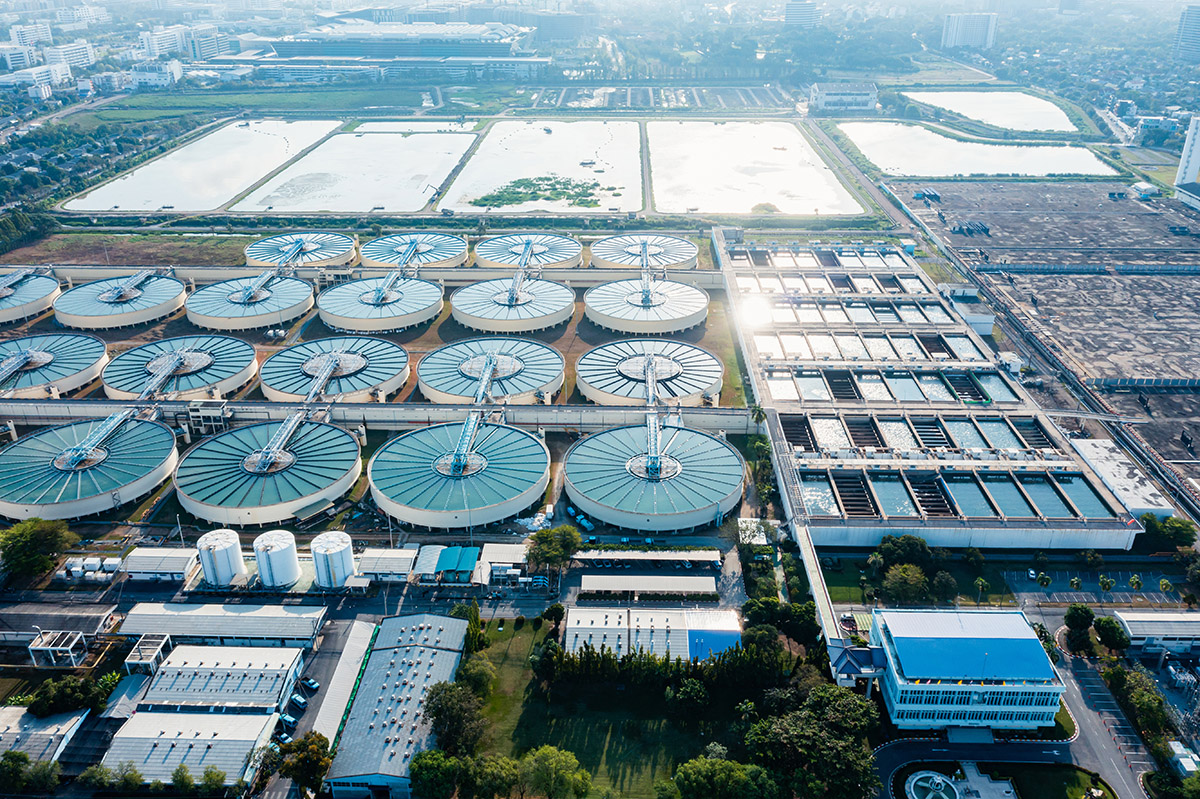There are a large number of possibilities available to you when it comes to driveways. A driveway can add significant value to your house and make it a better place to reside. Some choices will set you back more than others, but there is a great deal of choice available whether you’re on a budget or have more to invest. Talk to us for more Doncaster Landscaping
Tarmacadam private drives
Tarmac or asphalt private drives are also highly economical and are known for their tough weather resistance. Driveways made from tarmac are also very resilient, which makes them a great match for bigger motor vehicles. They also have a sleek finish, which means outstanding skid resistance. Tarmac private drives can easily survive hail, ice and storms. Tarmac is also a perfect match for the eco-conscious due to the way that the material can be used infinitely. For a great solution visit Doncaster Landscaping
Block paving driveways
Block paving is based around interlocking, which gives you added toughness. It can be designed in a range of designs and you can simply switch out individual blocks if they are damaged. Another key benefit of block paving private drives is that they have great fade resistance. A block paving private drive can last for up to twenty years. These private drives do not require top polishing, and there is normally no need to repaint them even years down the line. All you normally need to do to maintain a block paving private drive is to clean it with soap and water. Block paving private drives are also popular due to the way that they can withstand severe weather with ease.
Resin-bound plus resin-bonded private drives
Resin-bound and resin-bonded driveways have become significantly well-known over recent years. Resin-bound driveways are water-permeable. Whilst resin-bonded systems have resin spread across the surface with loose stone scattered on top of them, resin and stone are mixed together and shovelled into place to produce resin-bound systems. These systems give you a great deal of choice when it comes to versatility and colour.
Indian natural stone driveways
Indian stone private drives offer the look of natural sandstone, and there are plenty of patterns and shades to choose from. One of the key benefits of Indian Sandstone is that it doesn’t usually split, crack or peel. This stone also has non-slip qualities.
Stone private drives
Natural stone driveways are quick and easy to install and may be the perfect option if you’re on a tight budget. A significant advantage of having a stone driveway installed is that you’ll be alerted when someone pulls up on your driveway or walks across it. This means it can be a terrific deterrent for trespassers. These driveways also need little Maintenance.
Cobble Stone and brick private drives
Regardless of the fact that they’re not as popular as they once were, cobblestone and brick driveways offer a highly distinct, attractive appearance. These driveways offer good resistance to cold and are straightforward to take care of. They are also noted for their resilience and can be personalized to your particular needs and preferences.
Pattern-imprinted cement private drives.
Pattern-imprinted concrete private drives are also known as stamped cement and decorative concrete driveways. These driveways offer a highly resilient surface and can easily stand up to heavy weights. Another reason why these driveways are so popular is that they require very little servicing. There are many designs, styles, colours and patterns to choose from.
No matter what your tastes and inclinations are, it really should not be too hard to find a private drive style that meets your needs.
If you have any queries visit Doncaster Landscaping for a free quote.
